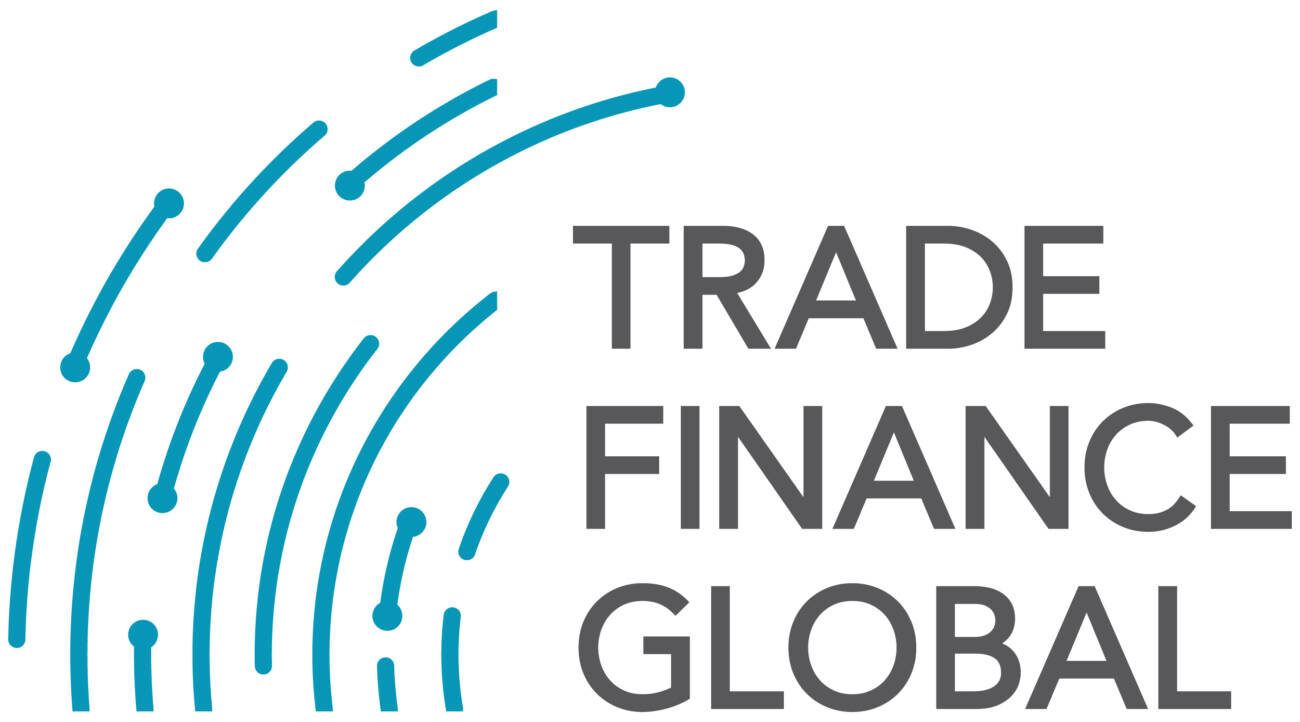Estimated reading time: 4 minutes
In this current era of global economic uncertainty—defined by rising interest rates, geopolitical conflict, and working capital challenges—financial institutions that do not adapt put themselves at risk of falling behind. For the banking sector, payment efficiency is paramount, with healthy trade activity, appropriate use of working capital and the diversification of supply chains all crucial. As financial institutions prioritise each of those areas, they will funnel their focus into innovations in the payments sphere.
The three most exciting payments and global-banking related trends over the year ahead: the impact of ISO 20022, the digitisation of cross-border payments and the adoption of artificial intelligence.
ISO 20022
Taking center stage in the global economic arena is ISO 20022, the open global standard for financial information, prepared by ISO Technical Committee TC68 Financial Services. Previously, the financial services industry used vastly different information formats, many of which were unstructured.
ISO 20022 has significant impacts on the financial industry by improving data quality, efficiency, interoperability, and overall innovation. As more organisations adopt this standard, its benefits are expected to grow exponentially, shaping the future of financial messaging and transactions. This will become the new standard in global banking and will have a wide swath of impacts from improving risk management, compliance monitoring, and enhancing decision-making processes.
The use of rich and structured data will continue to lead to the automation of the processes that surround cross-border payments and increase the level of reporting to banks and their customers, providing valuable insights to their business.
Speaking a common language across all payment systems globally will hopefully lead to interoperability between local payment rails and further increase capabilities to pay beneficiaries locally with less friction and fees.
Domestic payment rails within Europe, Canada, Australia, New Zealand, and many other countries have already adopted ISO 20022 standards. The US Fedwire system is one of the last to convert and is currently scheduled for March 2025.
Regional and local banks may not be as prepared as they need to be so it’s imperative they are ready on time and on deadline. These new capabilities will enable the cross-border payments industry to implement and maintain a messaging standard across both Swift and market infrastructures in a more synchronous and seamless process.
Once ISO is adopted, the global payments landscape and cross-border ecosystem will be enhanced, helping pave the way for new financial technologies to help meet evolving market demands and customer needs.
Digitisation of Cross-Border Payments
Cross-border payments are a highly competitive space, and the digitisation of these payments has only increased the level of competition. At FNBO, we find that what our customers value most is efficiency, visibility and transparency.
Customers should no longer endure uncertainty regarding the real-time status of their payment or potential fee deductions, nor should they encounter delays of multiple days before funds are available to the beneficiary.
According to the 2023 McKinsey Global Payments Report, cross-border payment flows reached about $150 trillion in 2022, a 13% increase in a single year. This growth is predicted to continue at rapid rates over the next five years. I would venture to say that, by 2030—and perhaps even significantly sooner—the cross-border payments landscape will look totally different from the landscape of today.
It will also be increasingly important for companies to understand rails that are available—whether that be from innovation stemming from Swift, new fintech offerings, or even governments finding ways to move money faster and without friction.
There are consistently new providers tapping into existing rails, such as credit cards, or even creating their own closed network to compete with the traditional ways of moving money in hopes of bringing speed, reduced fees, and reduced fraud when making cross-border payments. With continued innovation, it is not far-fetched to initiate a traditional domestic payment that could credit a foreign beneficiary using their local payment system.
AI Adoption
Finally, a great challenge—and even greater opportunity—will be learning and figuring out how new AI platforms can be implemented to help build efficiencies and operations. As of today, the larger institutions have implemented AI in processes such as document checking of letters of credit. In the years to come, AI adoption will massively expand across institutions small and large as well as services simple and complex.
According to a survey from The Economist Intelligence Unit, 77% of bankers believe that the ability to unlock the value of AI will be the difference between the success or failure of banks. Financial institutions must embrace this new technology and adapt to the ever-changing landscape.
Meanwhile, the issue of fraud is particularly double-sided: while AI can help catch and stop fraud, it can also perpetuate it. The institutions that focus on this issue of fraud and determine the best practices and procedures to effectively identify and prevent fraud with accuracy and precision will position themselves for success in the AI-dominated landscape to come.
The payments industry is ever-evolving, and financial institutions that are able to stay ahead and become early adopters are the ones that will see long term success and stability as we enter the new era of global banking and payments.

